Here’s a neat trick or skill to show off to your friends with the next time you are out wine tasting. When you walk through the vineyard, you can impress them by identifying the grape variety that is growing, just by looking at the leaves and bunches.
Let’s begin with the grape’s family. Vitaceae. Within this family there are actually hundreds of genera. (Genus) and among these, only about 60 are vitis. This includes the species V. vinifera, V. acerifolia, V. riparia, and V. rupestris which are the species we typically associate with wine. You may find it cool to know that grapevines are related to other vines such as Boston Ivy and Virginia Creeper.
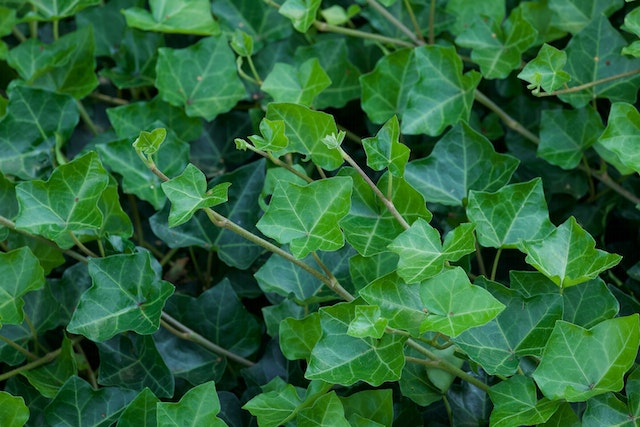
Each species has differences in their appearance and it is these differences that allow us to determine which grape variety we have planted within the vineyard. Ampelographers are he science concerned with the identification and classification of grapevines simply by their by sight and touch. There are also plant geneticists such as Carole Meredith who deciphered the DNA of the Croatian black grape called Crljenak kasteljanski (pronounced tsurl-yenak kas-tel-yanskee) and was able to identify it as the exact DNA of Zinfandel,
When we look to identify a grape variety, there are several things that we look at. Before we get into them, let’s refresh our memory of the parts of a grapevine.
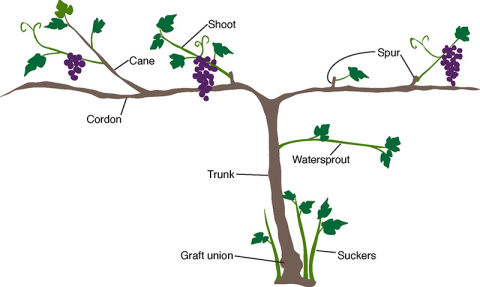
First, you can look at the shoot tip. The shoot tip is where new leaves and tendrils will unfold. Is it hairless or is it fuzzy? Is the fuzziness white or gray? Is the shoot tip shiny? These are all identifying characteristics of a grapevine that can help narrow down the variety. For example, Pinot Meunier’s shoot tips look like they are coated in flour, while Cabernet Franc’s shoot tips are felty with a red margin.
Leaves are also invaluable when trying to identify a grape variety. The morphology of the leaf itself varies from variety to variety. Grapevines have a consistent number of lobes and sinuses, You can look at the curvature of veins, lobes, and sinuses plus the shapes of serrations. By measuring these, it is possible to determine the variety thanks to the father of ampelography, Pierre Galet (28 January 1921 – 30 December 2019) . However, we all do not have labs that can analyze the the distance between the petiolar sinus and petiolar vein or the superior sinus to the midvein and comparing them to the Cépages et vignoble de France, a four volume catalog of French wine grape varieties. Nor would many of us want to.

A more basic, and on site approach, involves observing the shape of the leaf. There are actually several points on the leaves that can be used to help identify the variety. First, observe the general shape. Are the lobes distinct or does it look more like a shield? Do the lobes have indentations or not? Is the leaf thin or thick? When you flip the leaf over, is it hairy or smooth? Does the leaf lie flat or is it curling in on itself? When observing the lobes, are there gaps between the or do they overlap? We also look at the edges of the leaf to see if the serrations are sharp or rounded. Cabernet Franc’s leaves are medium in size and are mostly 5-lobed. The lobes are closed and narrow with a U-shaped petiolar sinus. The lateral sinuses (particularly superior) often have small teeth at their base that are relatively narrow, sharp and rough with a bumpy surface. The leaf is relatively thick with tufted hair on lower surface and has greenish-red young leaves that have bronze spots.
Have you been missing the weekly Exploring the Wine Glass posts? They have moved. Sign up at http://eepurl.com/be49CD to never miss a post. Subscribe to Dracaena Wines’ blog in the sidebar.
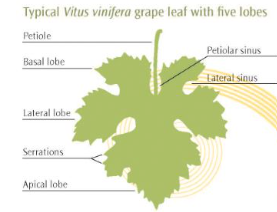
After looking at the leaves, the berries and clusters are extremally important in aiding in the identification of the variety. There is a big difference in the size and shape of the clusters, as well as in the shape, size, and color of the individual berries. When observing, you want to look to see if the cluster hangs close to the peduncle (the stem of the cluster) or is it hanging away from it? The shape of the cluster is also an identifying feature. Is it conical or cylindrical. Are the berries within the cluster tight or widespread? We pull individual berries off the cluster to observe the shape and the skin thickness. Cabernet Franc has clusters that are cylindrical to slightly conical with compact shoulders. It’s berries are small, round and blue-black in color.
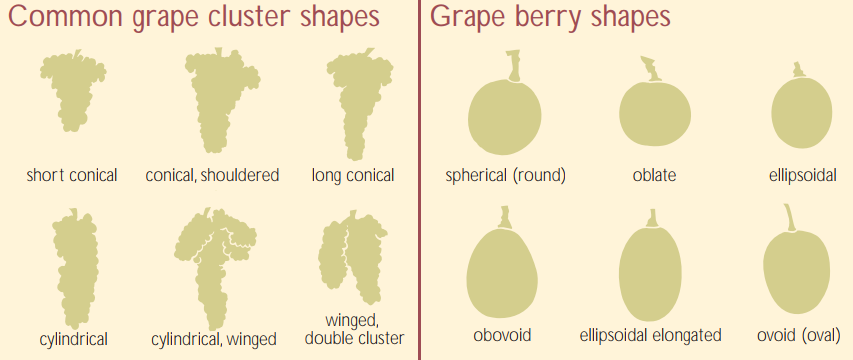
Cabernet Franc is one of the parents of some of the most well known grape varieties. As with humans, DNA is passed down to offspring, so observing the similarities between the parent and offspring is intriguing. Can you see the similarities and differences?
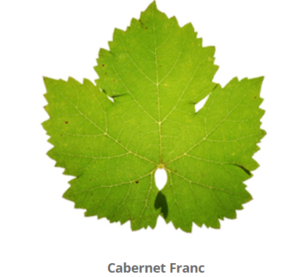
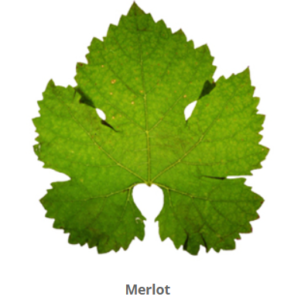
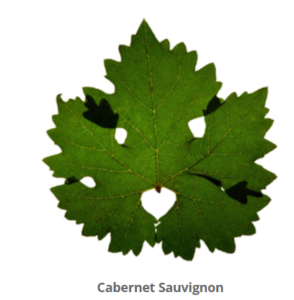


Now go out there and impress your friends!
~Slàinte!
We’ve stacked the odds so that you can get our award winning wines without breaking the bank. Click the image to find out all of the benefits of joining the CHALK CLUB including discounted shipping and up to 35% off all purchases. .


I always try to guess the variety when walking vineyards … not always easy. Merlot and CS leaves can look similar. And if the berry clusters haven’t yet grown, I sometime miss this ID. Any tips?
It does definitely help if all the parts of the vine are present. Cab Sauv as a young leaf is a bit more red while Merlot is yellowish.